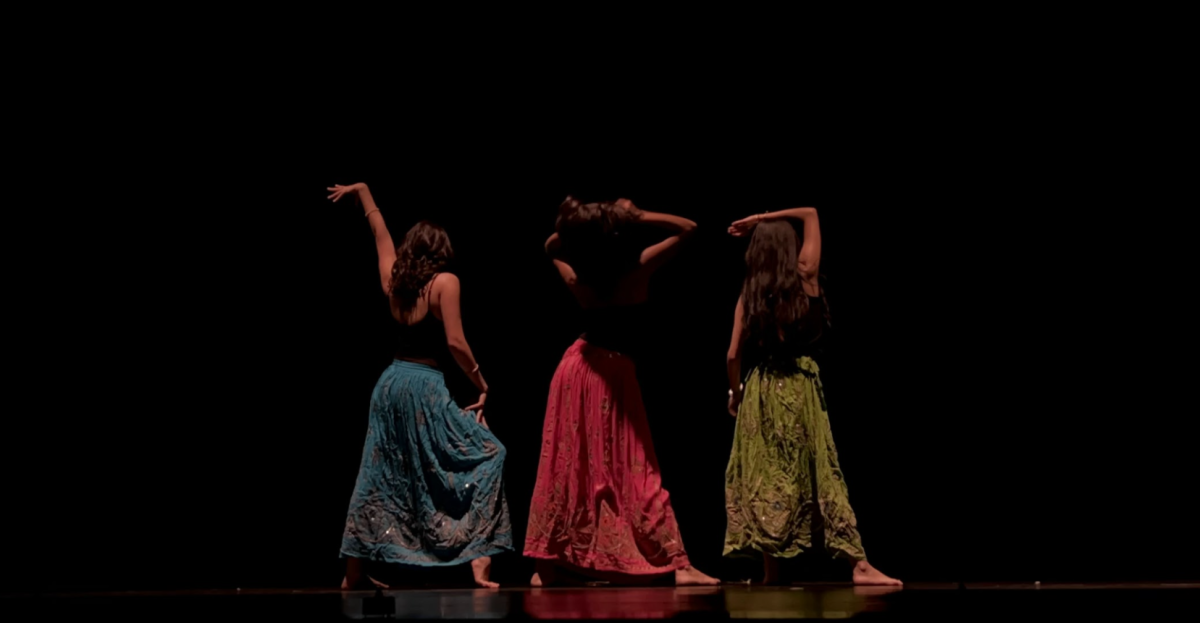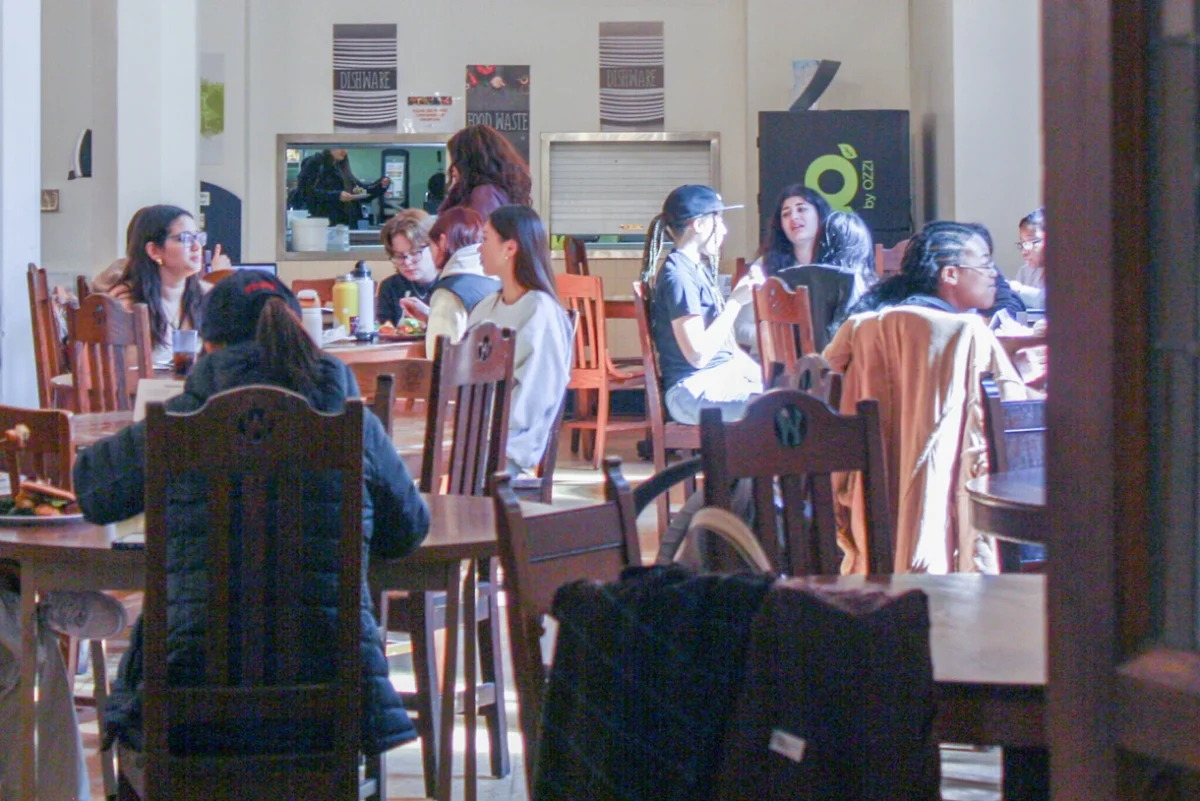Found on top of the edible ecosystem garden, the brilliant white exterior of Wellesley’s observatory is hard to miss. Like many parts of this historic campus, the observatory has changed over the years, and is changing still: with plans of adding a brand new telescope to its collection, the observatory will be undergoing renovations this academic year.
While the observatory functions as a modern research facility, it has maintained the rich history that makes it so unique. Achieving this was no easy feat. At its 100th anniversary in 2000, the observatory was in need of major renovation, as explained by Astronomy Professor Richard French, who has been director of the observatory since 1991.
“A [one] hundred-year-old building had a lot of things wrong with it: it had leaking roofs, it didn’t have enough room, we didn’t have accessible bathrooms, we didn’t have enough offices, the classrooms weren’t very good, we didn’t have a lab space — there was a lot that needed to be done,” said French.
Nearly two decades later, the state of the observatory has vastly improved. The space required a dramatic reconstruction, beginning in 2008. From its onset, the observatory reconstruction had several key objectives, one of which was creating an interdisciplinary space open to other departments.
Another key goal of the building’s renovation was to preserve its historical character. Modernizing the observatory while also preserving its history required an creative architectural approach. French was heavily involved in the effort to preserve the history of the observatory throughout its renovations.
“There are all sorts of architectural nods to having nice connections between the modern part of the building and the older historical part of the building,” he said.
Even the marble that the building is made out of was part of the original building, and alongside the observatory’s hallways are windows with historic astronomical instruments on display. In addition to these subtle historical details, there are more noticeable efforts of historical preservation as well — for instance, the door to the one of the observatory’s lab rooms.
“When you see the lab room, you’ll see the original entrance for this building, which ended up hardly being used after 1910…But it was so beautiful from the outside that the architects agreed that we should preserve it,” said French.
The observatory also has some exciting things in store for the future — namely, the addition of a brand-new 0.7 meter telescope to its already impressive collection. The observatory currently houses a 6-inch telescope, a fleet of 8-inch telescopes that can be placed on mounts outside the observatory and a 12-inch telescope, which allows for spectacular observation of the sky.
The new 0.7 meter telescope will be replacing the 24-inch research telescope the observatory has had for over 50 years, which was a generous gift from Margaret Sawyer, an astronomy enthusiast from the town of Wellesley. That telescope served its purpose well over the years, according to Professor French. It will be placed in a clear-sky observatory in California that allows high schools and community colleges without telescopes to observe the sky. Wellesley’s brand new, 0.7 meter telescope will be installed in the same building as the old one and will require a new dome. It’s scheduled to arrive by spring 2019.
“The entire telescope is being funded by the department’s gifts and endowments,” said French. “With all the other building projects that are happening, we thought it was important not to take money away from the science center project.”
The current absence of the 24-inch telescope’s replacement is unfortunate, as Lindsey Gordon ’21, an astrophysics major, explained.
“I’m in [Astronomy] 206, which is a class that used to be on that telescope, and now we don’t have that telescope, which is pretty stressful,” she said.
But the problem of not having the necessary telescope for the research component of the class has led to some interesting solutions.
“For our final research project, because it’s a research class, [the professor] is buying us time on international telescopes to remotely use and do our observations with,” said Gordon.
In addition to serving as an essential research tool for astronomy students, the new telescope will also allow both students and faculty to participate in the Transiting Exoplanet Survey Satellite (TESS) project, a mission launched by NASA earlier this year that’s dedicated to the search for exoplanets. With the arrival of the new telescope this spring, for the first time ever, Wellesley students enrolled in Astronomy 304 will participate in the TESS project and collaborate with scientists from all around the world.
Besides the installation of the new telescope, there are currently no major renovation projects in store for the observatory. But, as French explained, the building offers a model for renovation that would serve the science center well.
“This is one of the oldest buildings on campus. It’s been now one of the best taken care of. I don’t anticipate that we’re [going to] need any major changes in the next decades, and I think that for me, it’s a shining example of a successful partnership with other departments,” said French. “Of all the construction projects that I’ve been involved in, this is the one that gives me the most excitement and I think is the most successful.”
As for the long-term future of the observatory, French has his own hopes for the building.
“I want this to continue to be an interdisciplinary science hub. I want it to feel closely connected to the renovated Science Center,” said French. “I want people a hundred years from now to have the sense of history that we have. To appreciate the people who came before them and the things they did, in the sense that they are extending the aspirations of the people who came before.”





